Livestock – particularly goats – play a key role in smallholders’ agricultural activities in Burundi. They are a ‘savings-bank on the hoof’, thus can be sold in case of emergency for cash. Their manure and urine provide excellent inputs for farming activities, and, for important feasts (marriages, funerals, etc), they can be butchered and cooked as part of the celebration.
However, years of unrest in the country has resulted not only in thefts and abandonment of many thousands of stock – but is also linked to inbreeding of remaining animals due to isolation or lack of good stock.
Over the last years I have worked with national partners to organize a program of restocking that emphasizes both improved breeding as well as training of technical staff, who have not received updated training due to problems mentioned above.

Members of the Baseline Team – senior staff of the national agriculture and livestock research institute (ISABU), and of the ministry of crops and livestock – who assisted in conducting the baseline and in ongoing project design.
The program developed two, interlinked activities: first, improving stock bloodlines and second, training for crop-livestock-agroforestry technical staff. The issue of stock improvement included the following components:

Rather than simply buying and giving goats away, we developed a three-tier approach to improving stock, as explained in this graph. We developed the foundation herds:
The German Alpine, obtained in conjunction with GTZ in Kenya, were to improve milk production, while the South African Boer were to increase size and meat production.

- German Alpine buck, together with South African Boers (below), were brought to Burundi from Kenya. This was the first importation of stock since the war years of the 80’s and early 90’s, and yet still encountered difficulties crossing borders.

Some of the Boers and Alpines shortly after their arrival from Kenya. Interestingly, they opted to stay in separate groups-herds.

Doe herd leaving the compound to browse. During the war years, a minimum of two herders accompanied each herd for security reasons. This is no longer necessary. The schedule of browsing: 7-noon, home to rest, 2 – 6 pm.
We organized a breeding program that integrated the three breeds, up to the 3rd generation – ie, local does are bred to exotics in this way:
F1 – 50% F2 – 75% F3 – 87.5%
Breeding Plan for Meat and Dairy Goat Development
Any higher input of exotic blood creates too many health and maintenance problems for smallholders because of genetically-based traits of non-tropic goats, as I wrote a few years ago:
PROJECT STRATEGY FOR DEVELOPING MEAT & DAIRY GOAT STRAINS AND A 3-WAY CROSS
Burundi Goat Rehabilitation Project is developing an improved Central African Goat (CAG) and two strains of specialized goat: a Burundi Meat Goat and a Burundi Dairy Goat. The latter two are bred up through the 3rd generation by crossing either German Alpine or South African Boer bucks with local Central African Goats (CAG) does. Good buck progeny are then placed with farmer goat associations where they are used by the associations and others in breeding up their own stock.
The 3-way cross kids are an excellent cross, that appear to retain some levels of genetic immunity to tick-borne diseases that commonly attack the crossbred young here in the tropics, while also combining meat qualities of the 2 meat breeds (Boer and local CAG) with fast growth and milk production ability of the Alpine dairy breed. The author’s experience with the SR-CRSP program (Small Rumanent Collaborative Research Program) in Kenya has provided ‘lessons learned’ and techniques for the Burundi project.

- 3-way twins: 1/2 Boer Doe with 1/4 Central African Goat,1/4 Boer & 1/2 Alpine twins

- Although this ½ CAG – ½ Boer doe is not herself a particularly ‘good looking’ cross, she has consistently dropped excellent kids 4 years, including these 3-way crosses, and is highly resistant to theileriosis and several other tropical diseases – a trait that she is passing on to her progeny.

A 3-way cross buckling at about 1 week

Treating a buck for theileriosis – a common tick-borne disease in the African tropics and a danger of over-crossing stock.
For more information on our project work and technical materials, see:
- Home
- Our Mission
- What We Are Doing–The “Daily Round”
- Documents With a Tropical / Third World Emphasis
- The Role of Restocking in Crisis Mitigation–The Case of Burundi
- Notes on Dairy Goats and Artisan Cheese Production in Central Africa
- Why Do Goats Prefer Browse Over Grasses?
- Toxic Plants Can Be Part of a Goat’s Diet
- High Protein Shrubs & Trees for Goats (How to feed your goats what they would eat naturally)
- Goats Thrive in Arid and Savannah Climates Because That’s Where They Evolved
- Ecosystems For Goats Defined: Different Eco-climactic zones for different animals
- Managing Parasites in the Tropics With Better Housing & Nutrition
- Breeding for Genetic Resistance
- Urban Legends: The Origin of Pygmy Goats & Other Interesting Goat Tidbits
- Project Training & Technical Documents
- Housing; Plunges; Salt Boxes
- General Husbandry
- Nutrition & Supplementation
- Project Strategies for Herd Improvement
- Project Strategy for Farmer Associations & Livestock Producers Groups

- At maximum size, we had about 150 goats. Here is one of the buck herds going out to browse.
This morning we sent nine goats upcountry, to an NGO project with whom I have collaborated in providing training. The does and one buck will be used to upgrade stock in an area in which the NGO is working:

- Goats tied in the truck this morning and ready to go upcountry.

Hamdy is a Belgian Shepherd from the eastern Congo, who loves the goats (he was brought up with them and guards them) – he is very distressed to learn that some of ‘his’ goats are leaving.

Saying ‘goodby’
Related articles
- Work and Life During The War Years in Burundi. 2004 (dianabuja.wordpress.com)
- Burundi Receives Negative Business Climate Reviews (voanews.com)
- Goat: The Other Red Meat (notdabblinginnormal.wordpress.com)
- How Goats (and Their Poo) Made Argan Oil Big (bellasugar.com)







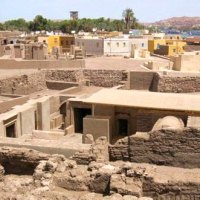
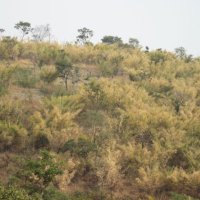
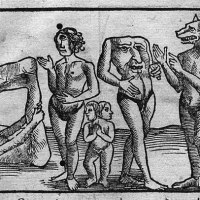
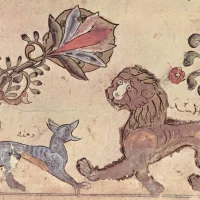
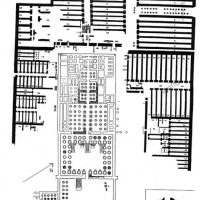
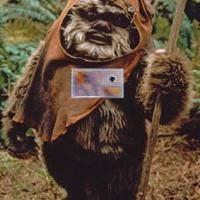
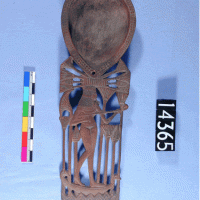














Hi, I was wondering if I could get more information on where I could get a crossbreed buck, I am a missionary in Burundi doing some goat projects with some of our churches here and I am looking to improve my goat stock.
Thanks,
Daniel Johnson
LikeLike
Dear Daniel Johnson – I would be happy to talk to you about goats in Burundi, and will email you over the next few days.
LikeLike